How to choose a germinator for microgreens?
When choosing a germinator model for microgreens, it is necessary, first of all, to take into account the scale of production. For your own needs, a simple manual device is quite suitable. If you plan to organize a business, you will need to purchase more sophisticated equipment. In advanced models of germinators, the process occurs automatically, and some devices can be controlled even from a distance - using a computer or smartphone.
What is the advantage of germinators?
Growing microgreens is becoming a fun and rewarding hobby and sometimes even a business. It takes only 8-12 days to get microgreen. Cutting is carried out when 2 true leaves appear on the seedlings. It is during this phase of development that greens contain vitamins and minerals in the highest concentration.
It is not worth delaying harvesting: the leaves quickly coarse, and the content of nutrients in them decreases.
Cultivation of microgreens has its own specifics. Ordinary flower pots are not suitable for her because of their size. Microgreen trays should be wide and low, then their area will be used rationally.
Suitable for planting are seeds of cereals, greens and some vegetables. The most popular are:
- broccoli;
- basil;
- amaranth;
- sunflower;
- peas;
- buckwheat;
- cilantro;
- mustard.
There are about 200 suitable crops in total. Beginners can try growing microgreens in a container with sides 5–10 cm in height. However, the germinator will greatly simplify the care of the plants. You can purchase a kit in advance that will include everything you need, including seeds. Automatic models will generally save their owner from unnecessary trouble. The microclimate in their working chamber is maintained according to a predetermined regime.
Conventional germinators
Those who are just trying their hand at growing microgreens may need to postpone the purchase of an automatic germinator for now, because its price starts from 2500 rubles.
As primitive equipment you can use:
- plastic tray;
- ceramic dishes with low sides;
- glass container for baking.
It is permissible to germinate seeds in the ground and on special substrates. An ordinary peat substrate or a mixture of garden soil with peat and sand is suitable as a soil (it must first be calcined in the oven in order to disinfect it).
You can choose a hydroponic growing method. In this case, land is not needed, and the greenery will remain clean after cutting. Place one of the following materials in the tray:
- perlite;
- vermiculite;
- linen rug;
- coconut mat;
- artificial felt;
- mineral wool.
The cheapest way is to use cheesecloth or paper towels, folded in several layers.
Manufacturers also produce special germinators for microgreens of the simplest configuration. They are a tray with a mesh insert for seeds. Seed material is poured directly onto the mesh, water is poured into the pan (it should be changed daily). Planting must be firm, but care must be taken that the seeds do not stick to each other. If necessary, separate them with a toothpick.
Basically, water and light are all that plants need to grow. The seedlings get their nutrients from the embryo of the seed. If desired, you can replace the water with a nutrient solution 1-2 times. It is prepared on the basis of ordinary complex fertilizer, using 2 times weaker concentration compared to the usual one.However, there is no urgent need for feeding. In autumn and winter, microgreens are grown with backlighting. Suitable LED lamp, phytolamp, fluorescent lamp.
Automated equipment
Using automated equipment, it will be possible to organize a real microgreen farm at home. With a significant scale of cultivation, the resulting crop is successfully sold to cafes and restaurants, where the products are used to prepare vitamin cocktails and salads.
Fully automated cultivation devices are called sprouters. Their advantages include:
- automatic watering function;
- the presence of a timer allowing you to set the required mode
- compact size - the equipment does not take up much space;
- the ability to add and decrease the number of sections;
- low power consumption.
Expensive models are equipped with temperature and humidity control sensors. The process of germinating seeds in such equipment does not require human intervention, but it is necessary to regularly clean the trays and periodically change the water, which is contaminated with mucus released from the seeds during the development of the seedlings. You can choose a sprouter equipped with a lighting fixture.
One small device allows you to get 400 g of microgreens of salad crops and 2 times more vegetables per cycle. There are also larger devices on the market called mini-farms. They are also the most expensive, but they have advanced functions. They already have built-in lamps, irrigation takes place using a fog generator. Externally, the mini-farm looks like a plastic bed, illuminated by an LED lamp. Growing microgreens in a mini-farm is possible using soil and hydroponics. The parameters of the equipment are set at will, you can also use one of the programs in the menu.
Modern technologies make it possible to greatly simplify any process, including the cultivation of microgreens. If we consider this type of activity as a business, then it can be considered quite profitable. The equipment quickly pays for itself and soon begins to generate a net profit. Which type of sprout to choose, everyone decides for himself, based on his capabilities and needs - the range of these devices is large.
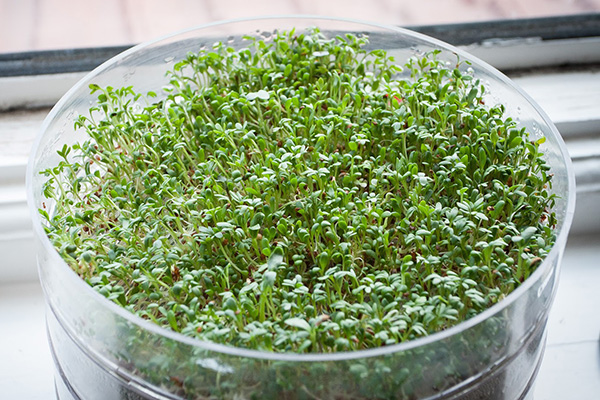
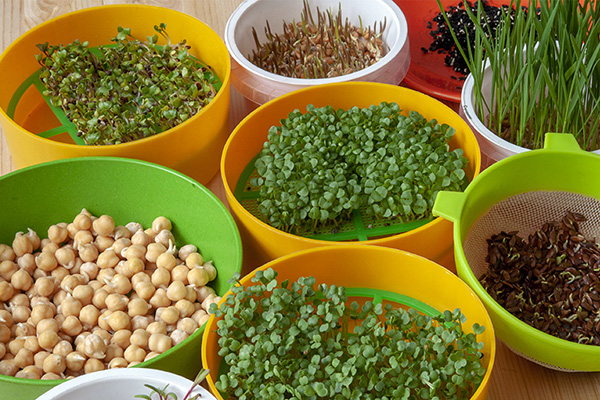
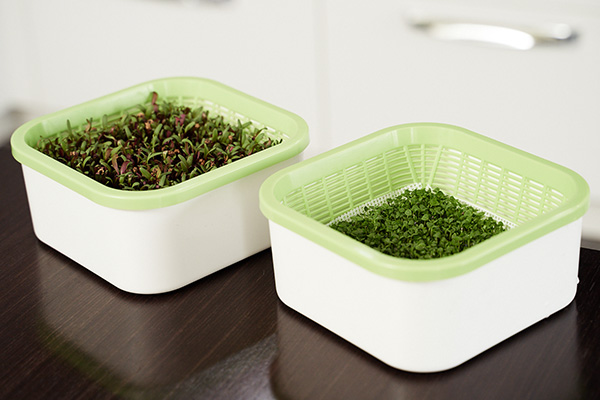
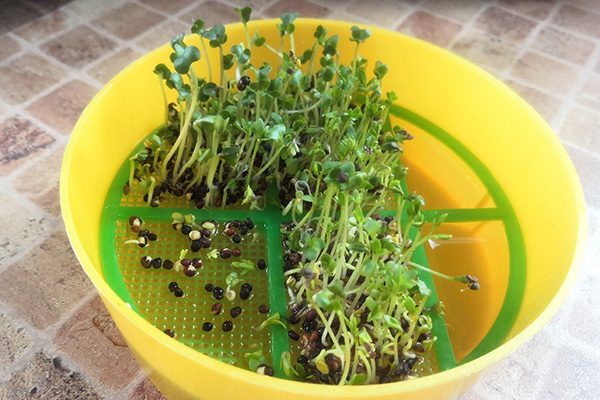
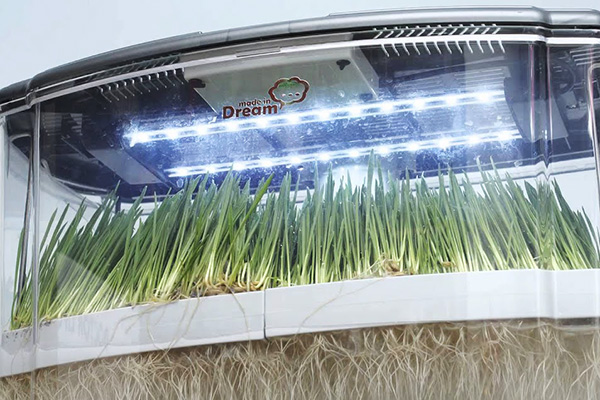
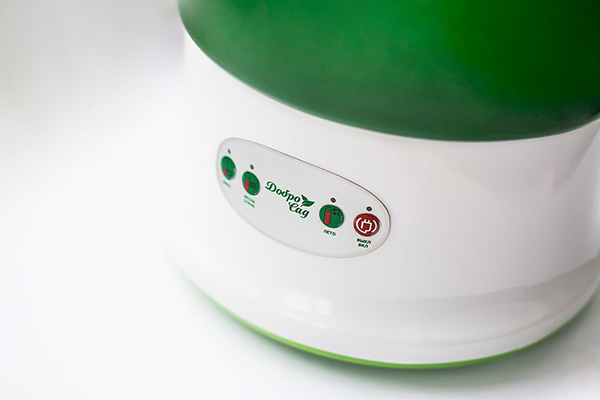
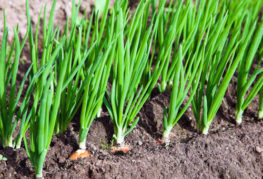





and will be published shortly.